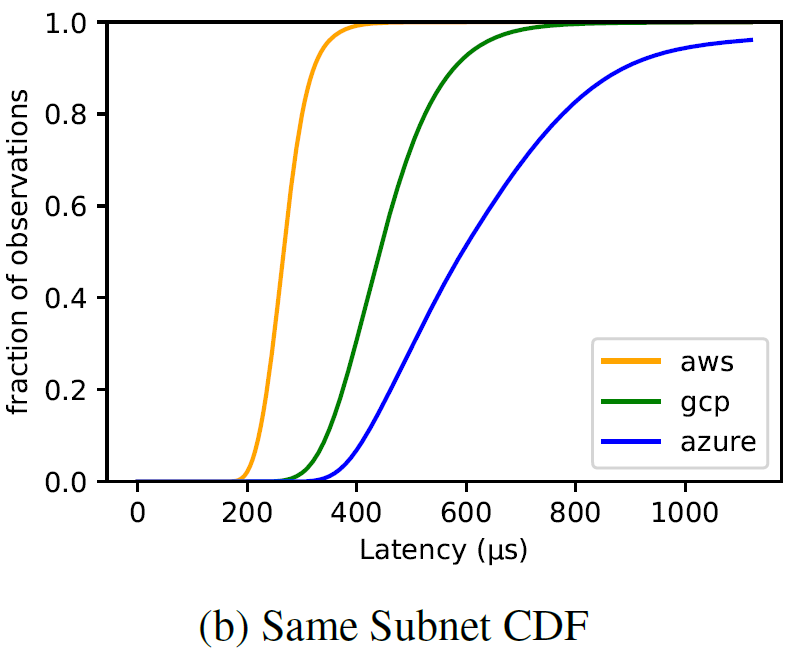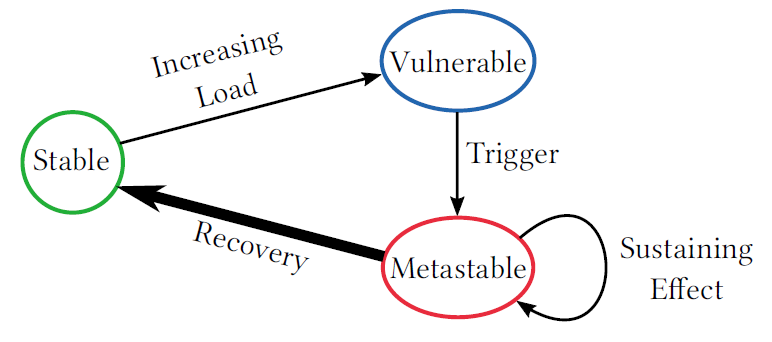Other Thoughts
-
Murat and Aleksey Read Papers: “Barbarians at the Gate: How AI is Upending Systems Research”
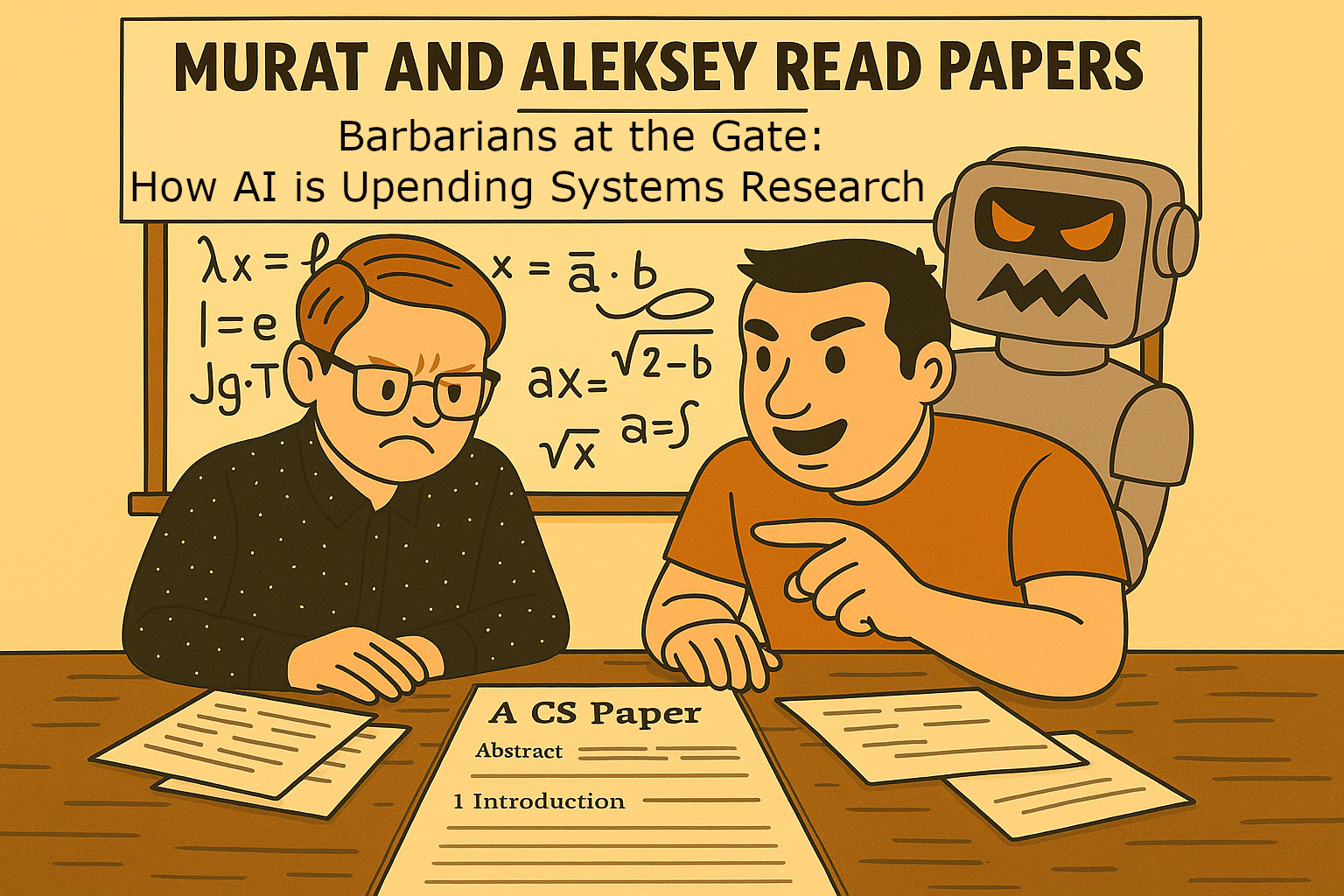
The “Barbarians at the Gate: How AI is Upending Systems Research” paper by Audrey Cheng, Shu Liu, Melissa Pan, Zhifei Li, Bowen Wang, Alexander Krentsel, Tian Xia, Mert Cemri, Jongseok Park, Shuo Yang, Jeff Chen, Lakshya Agrawal, Aditya Desai, Jiarong Xing, Koushik Sen, Matei Zaharia, Ion Stoica from Berkeley has recently made a splash in…
-
Academic Chat with Murat and Aleksey: 5 Cs of the Invisible Curriculum.

Instead of reading papers, last night, Murat and I engaged in an interesting discussion on skills, traits, and qualities needed for a PhD. This discussion came as a follow-up to Murat’s recent blog on “The Invisible Curriculum of Research.” In his blog, Murat discusses “Curiosity, Clarity, Craft, Community, and Courage” as skills/qualities of a good…
-
HoliPaxos: Towards More Predictable Performance in State Machine Replication

I will be presenting our new paper, “HoliPaxos: Towards More Predictable Performance in State Machine Replication,” at the VLDB’25. Feel free to ping me if you are there and want to chat! This paper explores several orthogonal optimizations to the classical MultiPaxos state machine replication protocol to improve its performance stability in the presence of…
-
How to Read Computer Science (Systems) Papers using Shampoo Algorithm
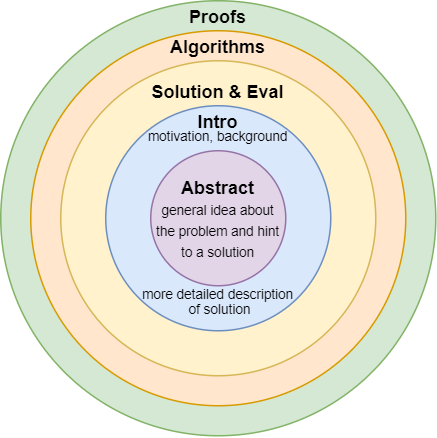
I think most academics had to answer a question on how to approach papers. It is the beginning of the semester and a new academic year, and I have heard this question quite a lot in the past two weeks. Interestingly enough, I believe that almost every academic active on the Internet has written about…
-
Scalable but Wasteful or Why Fast Replication Protocols are Actually Slow
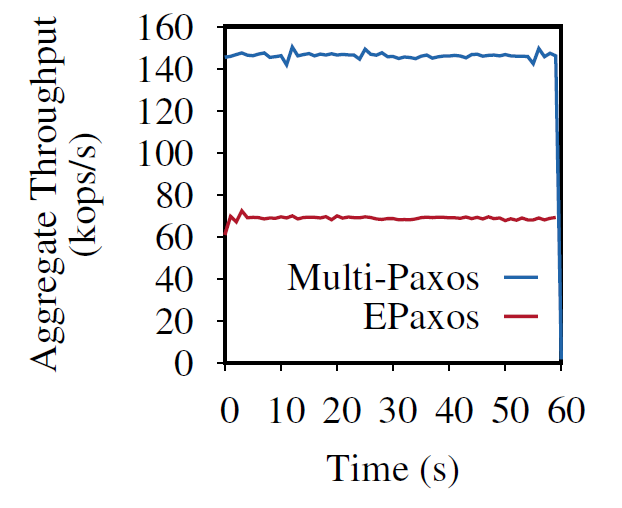
In the last decade or so, quite a few new state machine replication protocols emerged in the literature and the internet. I am “guilty” of this myself, with the PigPaxos appearing in this year’s SIGMOD and the PQR paper at HotStorage’19. There are better-known examples as well — EPaxos inspired a lot of development in…
-
Looking at State and Operational Consistency
Recently I rediscovered the “The many faces of consistency” paper by Marcos Aguilera and Doug Terry. When I first read the paper two years ago, I largely dismissed it as trivial, and, oh boy, now I realized how wrong I was at that time. It is easy to read for sure, and may appear as…
Search
Recent Posts
- On Metastable Failures and Interactions Between Systems
- Murat and Aleksey Read Papers: “Barbarians at the Gate: How AI is Upending Systems Research”
- Academic Chat with Murat and Aleksey: 5 Cs of the Invisible Curriculum.
- HoliPaxos: Towards More Predictable Performance in State Machine Replication
- Fall 2025 Reading List (##201-210)
Categories
- One Page Summary (10)
- Other Thoughts (14)
- Paper Review and Summary (16)
- Pile of Eternal Rejections (2)
- Playing Around (14)
- Reading Group (104)
- RG Special Session (4)
- Teaching (2)

